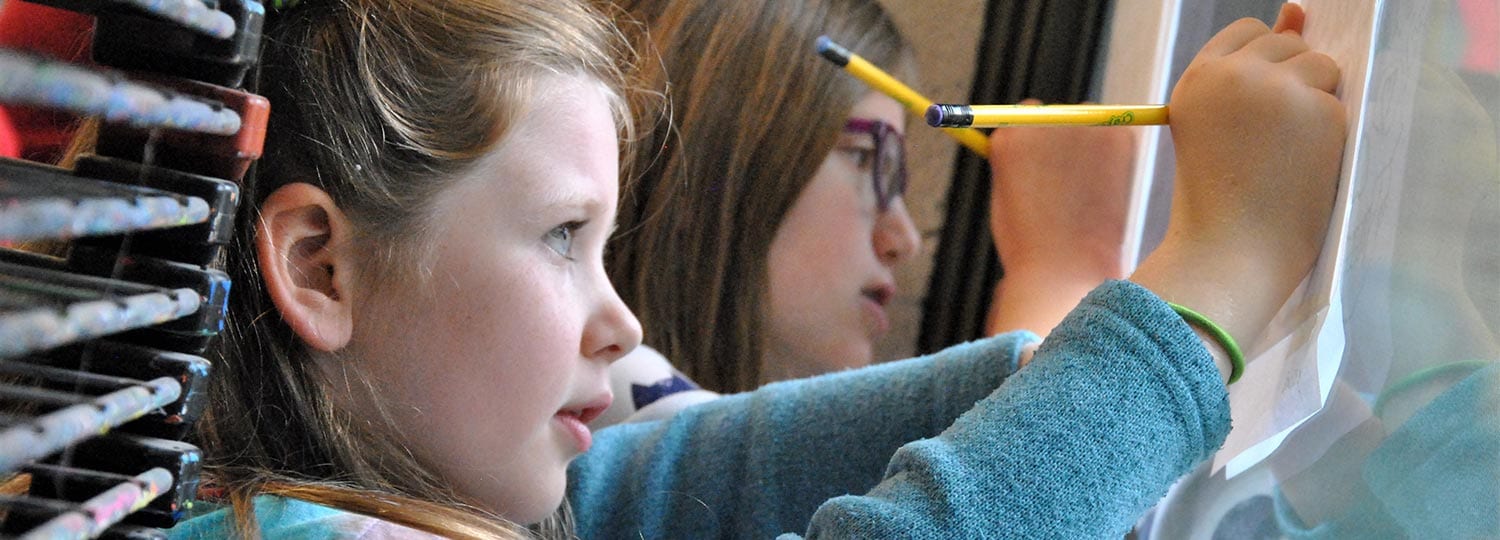Superintendent reviews District’s strategic plan and outlines steps for future program decisions
During its regular meeting on Thursday, September 23, the Board of Education heard Superintendent Dr. David Leach’s review of the District’s existing strategic plan and presentation of the framework for decision-making for its future program.
Dr. Leach stated, “We recognize that national and state standards of teaching and learning play a valuable role in ensuring that all students receive a high-quality education. But for our schools, standards must be a set of bars over which we expect to vault, not a target at which we aim.”
The Warwick Valley Central School District’s mission is to provide all students with the necessary skills to thrive in the 21st century as learners, workers, and citizens. The Board’s goals for the District are to:
- Provide continuous, collaborative improvement of instruction and instructional leadership that supports delivery of 21st century skills;
- Deliver continuous data-driven improvement in student performance, engagement and satisfaction using relevant assessments that measure 21st century outcomes;
- Support student success in home, school and community; and
- Foster a culture where individuals are valued and engaged.
The District’s plan to accomplish the board’s goals revolves around a strategy of preparing students for their future through its focus on key areas:
- Student success: Guaranteed and viable curriculum, project-based learning, Portrait of a Graduate skills;
- Resource stewardship: Efficient budgeting, planning, allocation, facilities, instructional resources;
- Welcoming, caring culture: Customer service, welcoming environment, healthy life choices, professional learning community, success for all students, family engagement; and
- Premier workforce: exceptional employees, talent development
Community input continues to shape the District’s strategy. A few years ago, over 2,250 students, parents, teachers, and community members participated in #TheirFuture, a series of surveys, talks, and meetings to define and design a modern educational program that fulfills the needs of today’s students.
Dr. Leach explained that student success means students exhibiting specific dispositions by the time they graduate as outlined in the District’s Portrait of a Graduate. Those dispositions include having the skills to be a collaborator, communicator, creator/inventor, ethical and global citizen, resilient individual, problem solver, and life-long learner.
The District has built a model for student learning that it follows involving a cycle of continuous improvement by using a process of planning, teaching, assessing and reflecting. The District combines the domains of effective teaching and learning: Engaging, coherent curriculum; hands-on, experiential learning; authentic, balanced assessment; and a culture for learning to ensure that all students reach the Portrait of a Graduate outcomes.
Dr. Leach touched on a few examples of the many enhancements the District has made, adding or expanding programs and courses, including classroom libraries, mindfulness training and the RULER program to help students with social and emotional learning, expanding the Partners in Education (PIE) experience to grades 5-6 in multi-age classrooms, robotics courses, CTE video production courses, kinesthetic labs, 1:1 Chromebooks, and the understanding by backward design curriculum unit development.
“A lot of our difficult work, our outstanding work by our faculty and staff, has already been done,” said Dr. Leach. “With that said, we have a long way to go. We are re-energized after the pandemic last year being difficult. We are focused on moving our goals forward.”
The District plans place emphasis on the metrics needed to clearly attain the Board of Education’s goals. Following the Board’s goal for data-driven instruction, Dr. Leach said the District will utilize a data inquiry cycle to guide its program review. The data inquiry cycle is a series of steps, gaining perspective; preparing data; discovering or uncovering results from the data; meeting, discussing, and adjusting the program for improvement; and identifying next steps; then repeating the cycle as necessary.
“It’s a deliberate approach to moving the District forward,” Dr. Leach said.
Specifically, the District has established a series of Board work session meetings – which are open to the public – to continue its review of the academic program:
October 21: Examining student outcomes/data inquiry
November 18: Elementary program
January 20: Middle School program
February 17: High School program
April 7: Tri-state Consortium visit preliminary results of spring visit
The intention of the Board work sessions is to present the program at each level (elementary, middle and high school) and provide a deeper understanding of how the District will utilize the new District data teams.
At the October 21 work session, the Board will review the District report card and other data measures in its closer look at student outcomes. More data teams will be formed throughout the District. Feedback will be sought from students and parents as well as analyzing the student assessment results to guide the District’s decisions on its future program in the data inquiry cycle.
Dr. Leach said the District will follow these guiding principles in its data inquiry cycle:
- Educators are empowered when we focus conversations on data regarding student learning in a positive and productive way.
- Facilitating data conversations to decide the next steps in instruction.
- Establishing informed educational strategies and structures to meet the needs of all students.
- Analyzing data patterns at the school and grade level.
- Increasing the ability of educators and teams to locate data that can be used to inform instruction.
The District will also undergo a K-12 literacy external peer review by the Tri-State Consortium in the spring. The results will be reported at the April 7 Board work session. The consortium will visit the District in-person and review artifacts in the following areas: student performance (performance-based assessment, student metacognition in the learning process, and metrics of student performance), internal support (curriculum and instruction, professional learning, supervision and evaluation, equitable support for student needs, and shared vision and environment for change, and external support (parent and community support).
The District will also promote each work session – and the ability for community members to submit questions – in advance through communications on the District website and social media.

